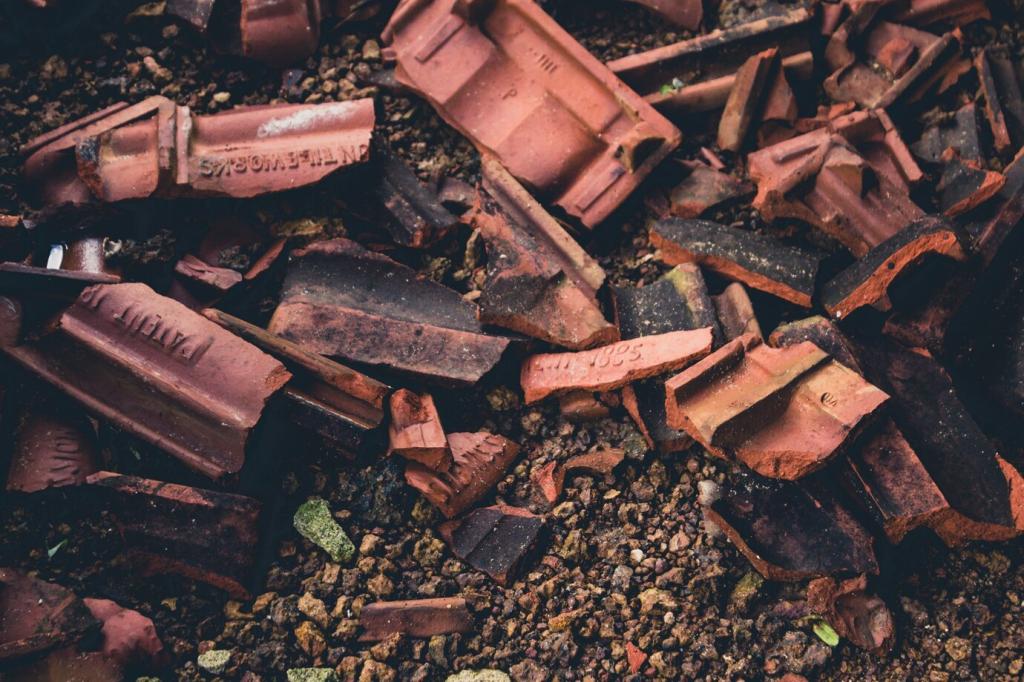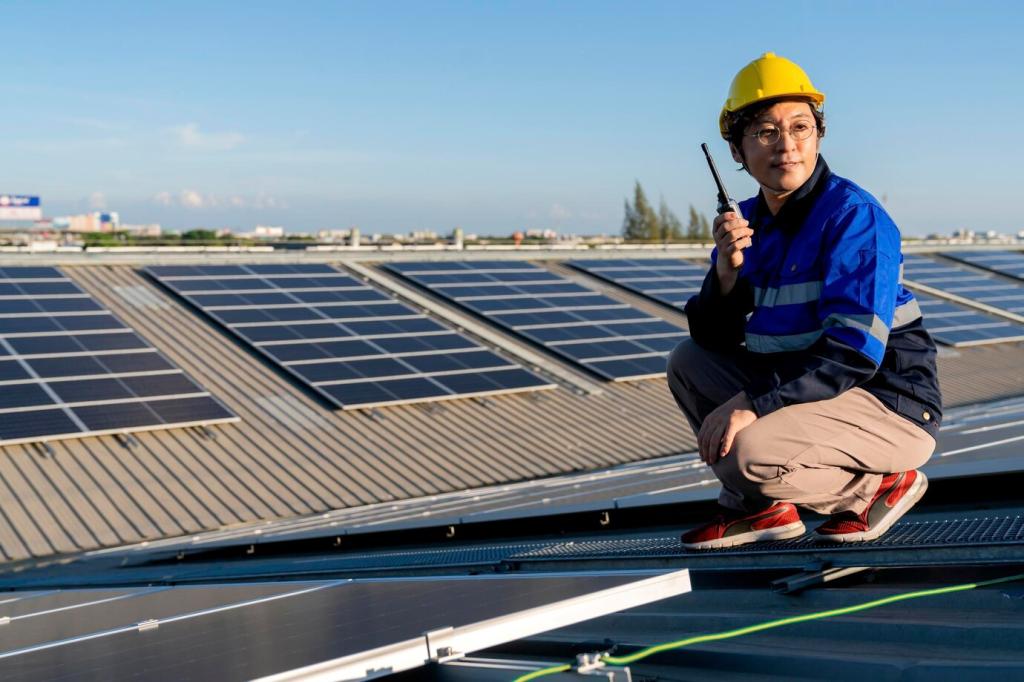Why Recycled Steel Changes the Game
Steel can be recycled repeatedly without losing core mechanical properties, making it a rare material that fits true circular design. Structural sections with high recycled content deliver consistent yield strength, toughness, and weldability, while reducing waste and keeping value in the system.
Why Recycled Steel Changes the Game
Electric arc furnace routes using scrap can significantly reduce embodied carbon compared to virgin production. Many regions report notable cuts in emissions and energy use, translating into meaningful project-level impact and supporting certifications like LEED and BREEAM with documented environmental product declarations.










